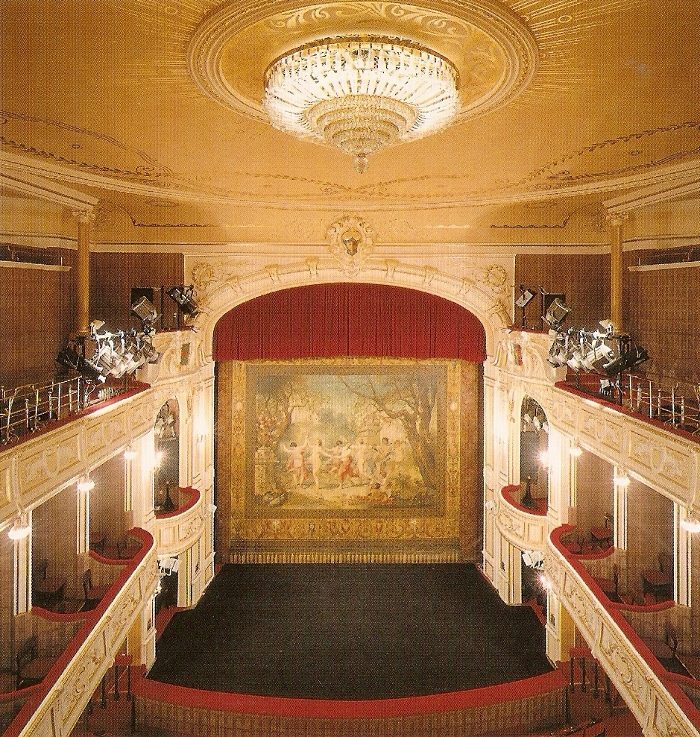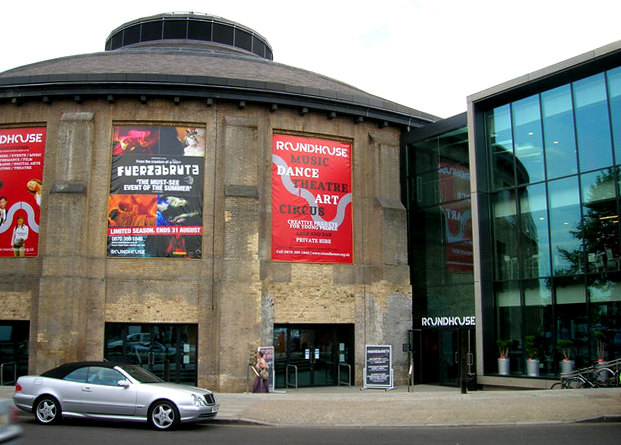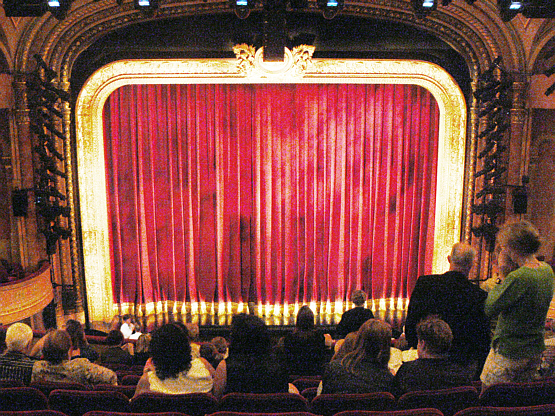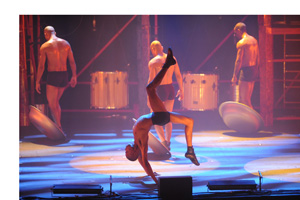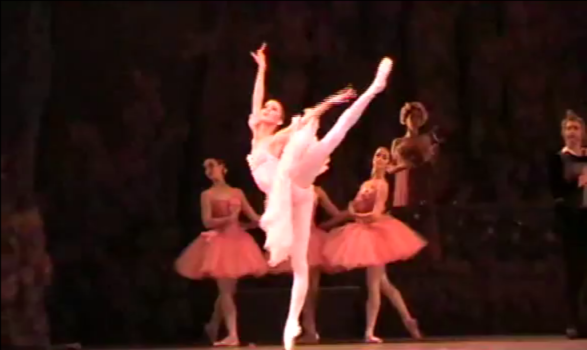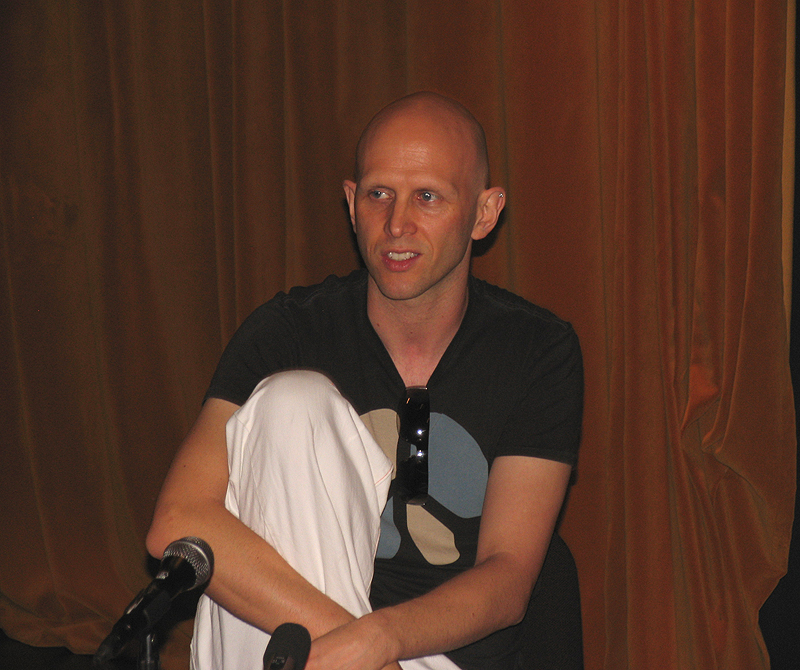The world of musical theatre, where belief is suspended and the magic of illusion is welcomed, is ultimately the culmination of years of training and hard work by the performers. In order to succeed in the best way possible, performers are still required to be a “triple-threat” in mastering singing, acting and dance, and to go further still.
 New productions, and even casting for those which are well-established, require an ever-increasing range of skills, such as puppetry, stilt-walking, acrobatics, playing a musical instrument and roller-skating, alongside such high levels of dancing, singing and acting. Performers must have a multitude of skills under their belts, and must be confident enough to be able to attempt to master everything presented to them, either in an audition or in rehearsals.
New productions, and even casting for those which are well-established, require an ever-increasing range of skills, such as puppetry, stilt-walking, acrobatics, playing a musical instrument and roller-skating, alongside such high levels of dancing, singing and acting. Performers must have a multitude of skills under their belts, and must be confident enough to be able to attempt to master everything presented to them, either in an audition or in rehearsals.
A music theatre performer needs a broad range of skills to stand out from the crowd, and be quadruple or even quintuple-threat performers. Even considering dance alone, to have the best chance at continuous work performers need to be strong across all three traditional disciplines of ballet, jazz and tap, and have extra skills as well, such as pas de deux. Most musical theatre performers start in the industry as ensemble or understudies, which means they need to be as good as every ensemble member in the show, able to jump into any role at any time.
The weighting of the performer’s skill set depends on the show: musicals such as A Chorus Line or West Side Story need faultless dancers, as well as being a singer and actor. In contrast, for Les Miserables you need to be a strong singer. The landscape of musical theatre is continually changing to reflect culture and commercialism; it is advisable therefore for performers to keep broadening their skills, and learning other dance genres such as hip hop and ballroom. Aside from dance, the more you can do, the more shows you are right for and the more you will work, so ensure you stand out from the crowd and keep opening the door to more opportunities.

